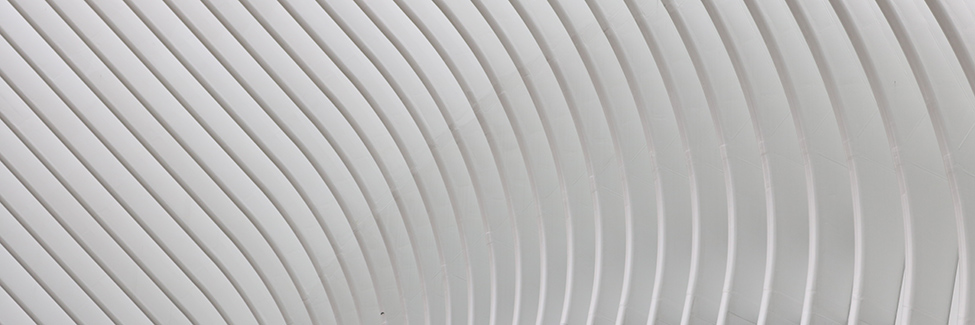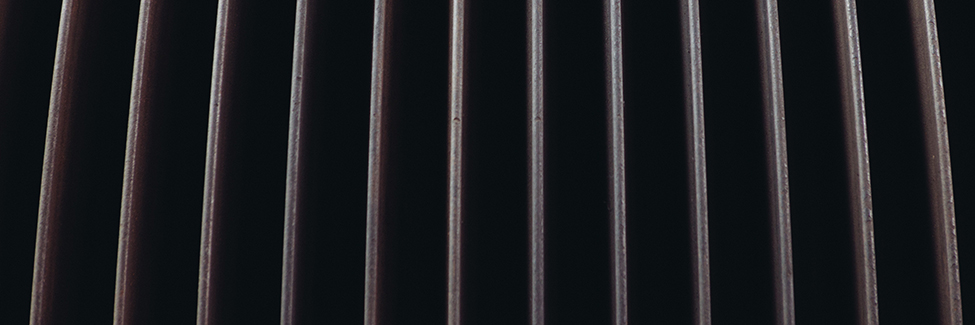
How to Choose the Best Humidifier | Research Guide
Dry air can be a nuisance, and even though you might know that you need a humidifier, you might not know where to start. This guide will help you understand how humidifiers work and best choose the right one for your needs.
To start, let’s better understand what humidifiers actually do. Humidifiers are devices that add moisture to an indoor environment (using processes like evaporation, vaporization, propelling, and ultrasonic vibrations). Humidifiers can be used in many different settings, from domestic to commercial to industrial.
When To Use Humidifiers
When should you use a humidifier? Any time humidity levels are too low. This commonly occurs during winter months, when cold air that lacks moisture enters a building. Excessive air conditioning can also cause low humidity. Even without appliances, indoor humidity levels can naturally drop up to 20%, which is low enough to cause health issues and create an uncomfortable environment.
With decreased humidity comes dry skin (especially around lips and nose), unwanted static, cracking of wooden furniture, and distortion of paper material around homes and offices.
If you need to measure humidity of an area, consider using a hygrometer, which can give a precise measure of humidity. The ideal humidity level which should be maintained within an indoor space is 30%-60% depending on the season.
Different types of Humidifiers
Humidifiers differ in size (industrial to portable humidifiers), type of vapor created (warm mist to cool mist), and technique (evaporation to ultrasonic vibrations). Here’s a quick breakdown:
Cool Mist Humidifiers
- Evaporative humidifiers
- Most humidifiers use an evaporation technique disperse water to the air. The device contains a reservoir of water connected to a wicking filter. Humidified air is then blown to the surroundings with the help of a fan. These types of humidifiers often have a self-regulating system that decreases the water-vapor output when the air humidity gets to a higher and more comfortable level.
- Impeller humidifiers
- Humidifiers using an “impeller” technique toss water to a diffuser shaped like a comb which breaks the water into small droplets that are released into the air.
- Ultrasonic humidifiers
- Ultrasonic humidifiers use the high-frequency vibrations of a metal plate to quietly create a vapor of small water droplets held in a built-in water reservoir.
These humidifiers also use filters to catch any minerals or impurities in the water. Cool mist humidifiers tend to be somewhat noisy (except ultrasonic ones) but are efficient and easy to clean. They tend to be more suitable for warm and dry climates.
Warm Mist Humidifiers
Also known as vaporizers or steam humidifiers, warm mist humidifiers produce a warm mist by essentially boiling water. They often include a filter to catch any minerals or dirt in the water, emitting a warm and soothing mist to balance out the humidity level in the air. During the winter months, a warm mist humidifier can add extra warmth to the surroundings as well. They are often used for medical purposes by adding medicinal compounds to the boiling water to treat respiratory problems or other ailments.
Features of Humidifiers
The following are some of the most common features you’ll find in everyday humidifiers on the market:
- Reservoir
- All humidifiers come with a water reservoir in order to create the water particles used in increasing the humidity in the surroundings. These reservoirs are often transparent to help monitor water levels and refill as needed to consistently humidify a room.
- Wick
- Wicks are essential elements of evaporative humidifiers. They’re made of a porous material that absorbs water, making it easier to evaporate. Wicks also trap mineral deposits in the water and help produce a filtered and purer mist of air.
- Fan
- Many cool mist humidifiers, including evaporative and ultra-sonic ones, come with a small fan to help the water evaporate and blow and circulate.
- Humidistat
- In order to keep the overall humidity level in check, many humidifiers come with a built-in humidistat. These measure the humidity level of the room and regulate the production of water vapor to maintain the perfect balance. It is possible to adjust this meter to different levels and find the best setting.
- Speed Control
- Some humidifiers use a special speed setting. It allows you to adjust the amount of water-vapor produced within a certain period of time. Adjusting the production speed also helps you regulate the noise to a certain extent, especially at night or when you need silence.
Size and appearance of Humidifiers
Humidifiers come in a variety of sizes and appearances for you to choose from.
Travel Humidifiers (aka Tabletop Humidifiers)
Travel humidifiers are the smallest and the most affordable humidifiers in the market. You can carry one around a home or office, or you can bring one on your next trip. They’re generally very lightweight and portable and come with a transparent reservoir (or use water bottles). Most are able to operate for 8+ hours per fill.
Portable Room Humidifiers
While larger than travel humidifiers, portable room humidifiers are easy to use around homes and offices. They can range from just a few pounds to larger models on wheels. They’re great at humidifying small areas like bedrooms or closets.
Portable room humidifiers are generally kept in one area but can be carried to different places if needed. Cool mist humidifiers that don’t use any heating elements can be safely operated around children and pets. Most portable room humidifiers in the market have an operating duration of 12-50 hours per fill.
Whole-House Humidifiers
Whole-house humidifiers are used to humidifier an entire house. They’re generally installed next to a home heat pump or furnace, where warm air flows through a humidifier before spreading to other rooms. These types of humidifiers should be installed by professionals and use a heavy amount of water every day when homes are heated.
Humidifier Safety
Humidifiers can make rooms more comfortable and provide health benefits, but there are a few safety considerations when it comes to operating a humidifier, especially in households and buildings with children. If you’re using a warm mist humidifier, it is extremely important to keep the device far from the reach of children since the heating elements can cause accidents. It is advisable to not use steam-based humidifiers in children’s rooms or where they are unattended.
Here are some more safety tips to keep in mind when operating humidifiers:
- Keep the humidifier in a place where it won’t be disturbed often, away from the reach of children
- Change the water at frequent intervals to reduce bacteria growth
- Use cold and purified water in the reservoir to reduce mineral build up
- Point the opening of the humidifier, which disperses mist, away from electrical outlets
- Clean filters often
- Keep the water reservoir empty and clean when the device is not in use
- Adjust the Humidistat to keep the surrounding humidity level between 30%-60% at all times.
Tips on choosing the best Humidifiers
The size of the indoor space that you wish to cover is an important factor when it comes to deciding on a humidifier. First, measure the square footage of the room. As a rule of thumb, rooms with less than 300 square feet in size can be covered with a travel/tabletop humidifier. 300-500 square feet spaces can be covered with a portable home humidifier. And 500+ square feet spaces usually require a larger and a fixed installation humidifier setting that works together with the central heating system of the building.
Make a realistic estimation about how much time and energy that you can dedicate to make to clean and maintain a humidifier, and take that into consideration when making the purchase. Cool mist humidifiers are easier to clean but should be cleaned more regularly than warm mist humidifiers.
Finally, check the noise levels of the humidifier during operation and go for a device that suits your environment and personal preference. Note that ultrasonic humidifiers are known to make the least noise.
Good luck on your next purchase – read our humidifier buying guide for recommended humidifiers.
Still have questions? Ask an HVAC expert directly via chat or phone.
Published on 2018-11-11 by Ben Travis
Last updated on 2020-02-16


